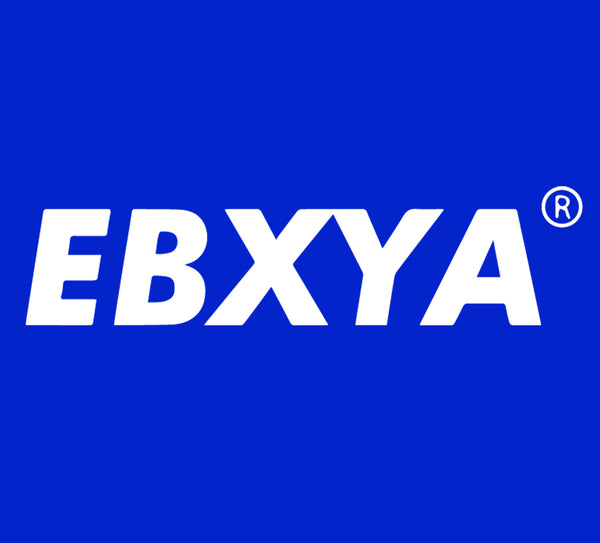
Using MIDI Controllers for Guitar Plugins
Share
In recent years, advancements in technology have revolutionized the way guitarists create and manipulate their sound. One of the most exciting developments is the use of MIDI controllers with guitar plugins. These controllers open up a world of possibilities, allowing guitarists to access a vast array of tones and effects with just the touch of a button.
1. What is a MIDI Controller?
A MIDI controller is a device that sends MIDI (Musical Instrument Digital Interface) data to other devices, such as computers or synthesizers. This data can include information about note pitch, velocity, and modulation, allowing for precise control over various parameters.
2. Benefits of Using MIDI Controllers with Guitar Plugins:
- Expanded Tonal Palette: MIDI controllers allow guitarists to access a wide range of tones and effects that may not be possible with traditional pedals or amplifiers.
- Customization: MIDI controllers can be customized to suit individual playing styles and preferences, allowing for a truly personalized sound.
- Ease of Use: With a MIDI controller, guitarists can easily switch between different presets and effects, making it ideal for live performance or studio recording.
- Cost-Effective: While traditional pedals and amplifiers can be expensive, MIDI controllers offer a more affordable solution for accessing a variety of tones and effects.
3. Popular MIDI Controllers for Guitar Plugins:
- Behringer FCB1010: This versatile MIDI foot controller offers 10 banks of presets, allowing for easy access to a wide range of tones and effects.
- Roland FC-300: With its rugged construction and intuitive design, the Roland FC-300 is a popular choice among professional guitarists.
- Line 6 FBV Shortboard MKII: This compact MIDI controller is designed specifically for use with Line 6 guitar amplifiers and offers a range of features, including expression pedal control and USB connectivity.
4. Tips for Using MIDI Controllers with Guitar Plugins:
- Experiment: Don't be afraid to experiment with different presets and effects to find your unique sound.
- Practice: Like any instrument, using a MIDI controller with guitar plugins takes practice. Spend time getting to know your controller and how it interacts with your plugins.
- Stay Updated: Keep up to date with the latest software updates for your plugins and MIDI controller to ensure optimal performance.
In conclusion, using MIDI controllers with guitar plugins opens up a world of possibilities for guitarists. Whether you're looking to expand your tonal palette, customize your sound, or simply experiment with different effects, MIDI controllers offer a versatile and cost-effective solution. With a bit of practice and experimentation, you can unlock infinite possibilities for your music.
